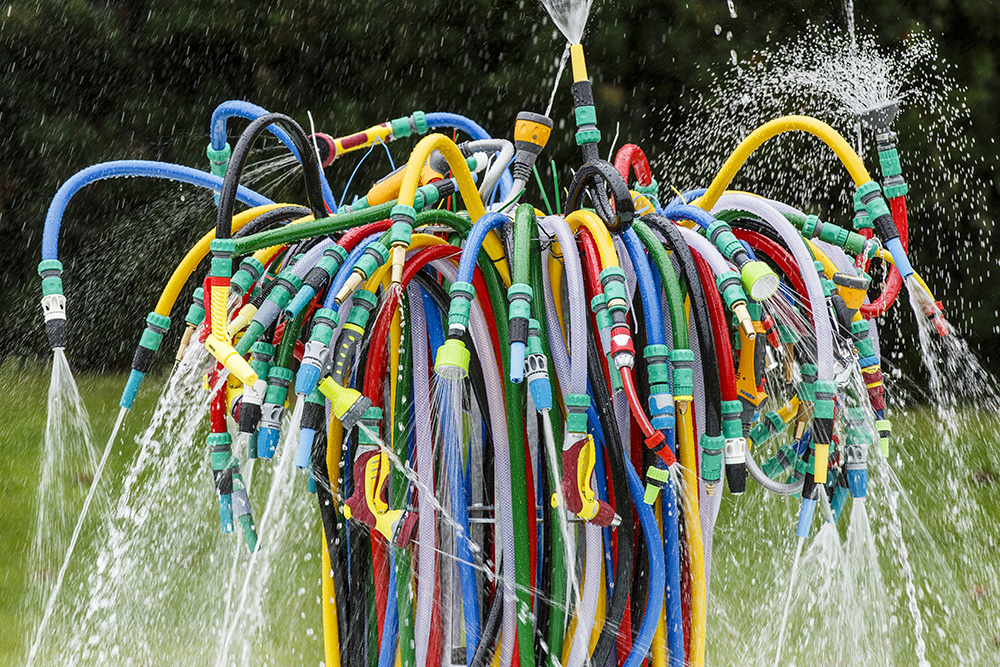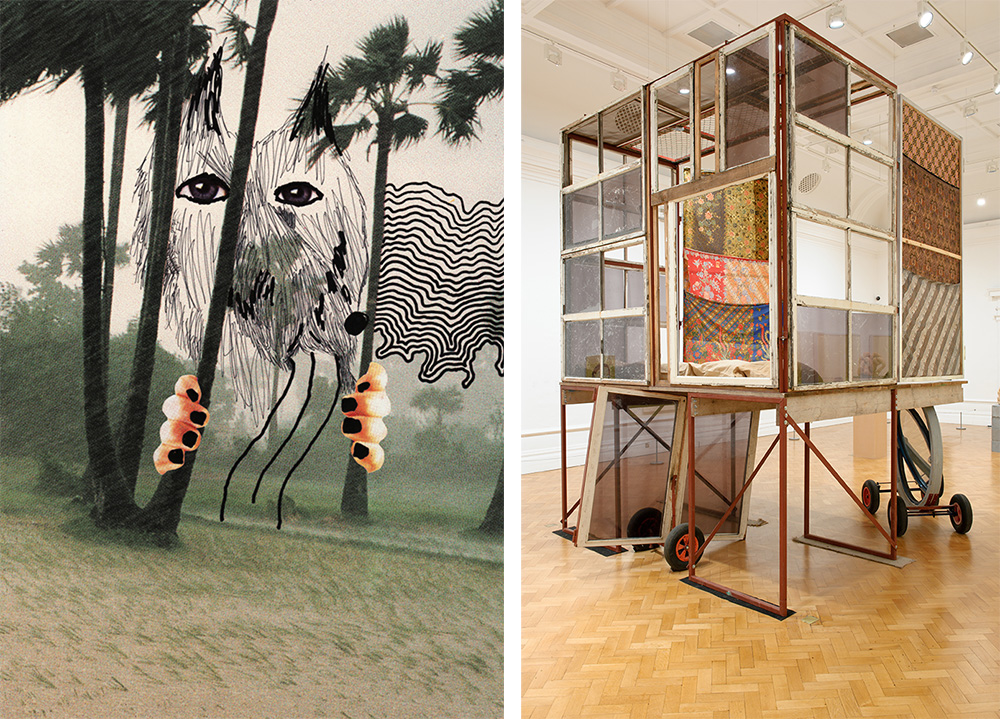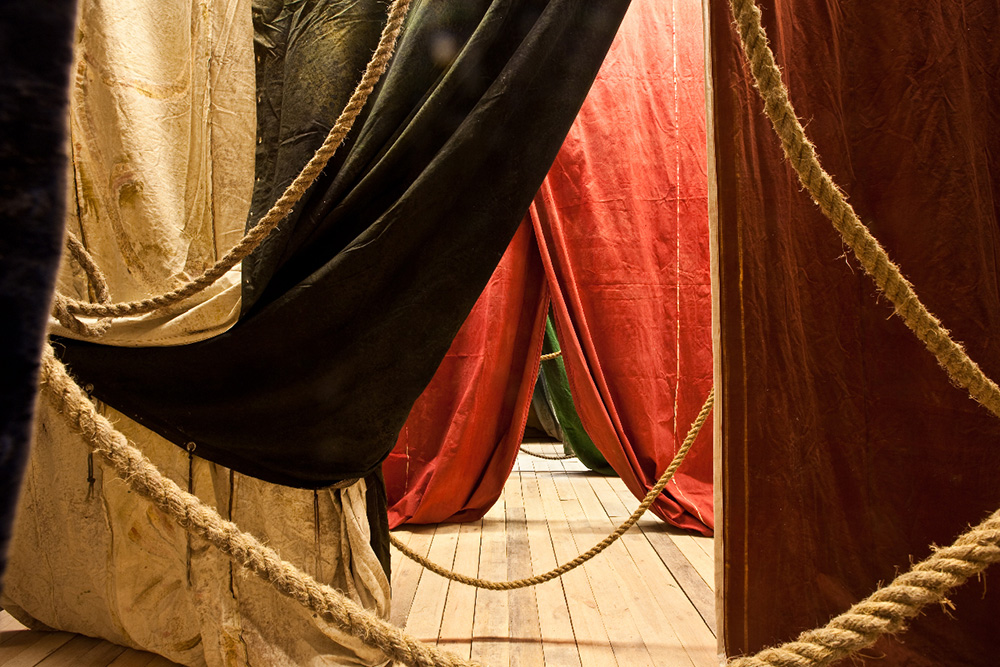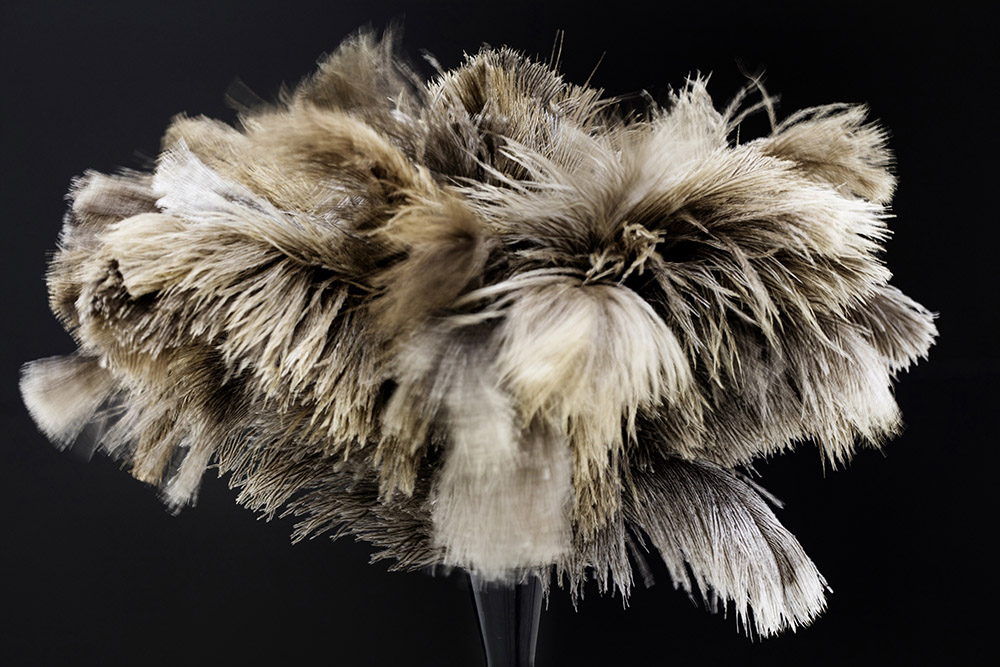ART-PRESENTATION: Experience Traps
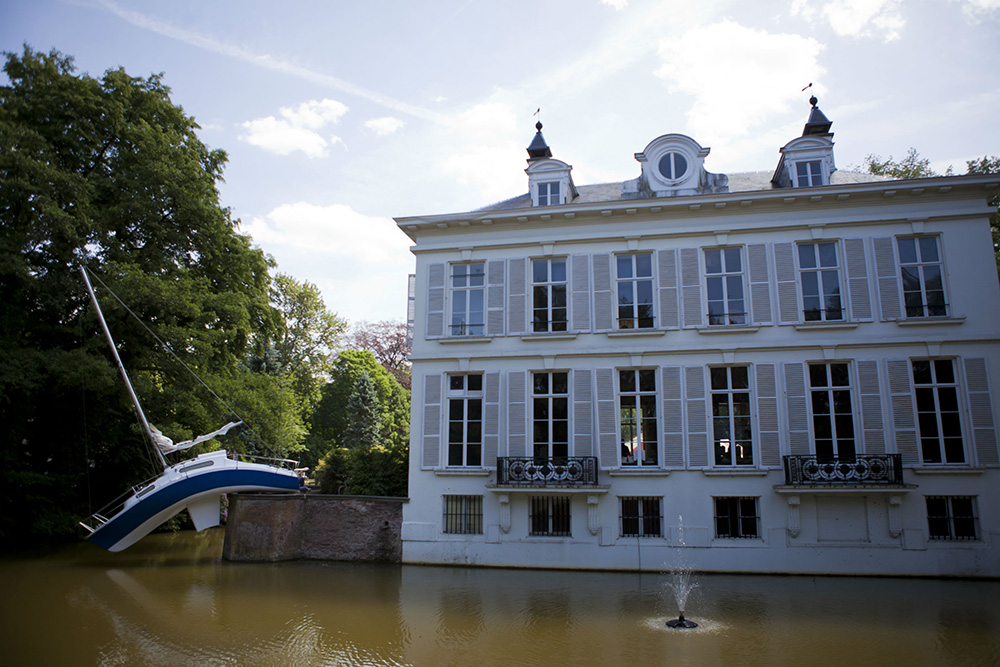 In the early 18th Century, the desire to make gardens more “natural” resulted in the development of the landscape garden, based on irregular, undulating forms. Each garden type was the result of a different set of aesthetic values and philosophical ideas. What distinguished the Baroque garden from the earlier Renaissance garden tradition, even though it consisted largely of the same elements, was the concentration on dynamic spatial features and splendor. Typical is the Baroque garden’s enormous scale, complexity of composition, richness of ornamentation, and sweeping vistas.
In the early 18th Century, the desire to make gardens more “natural” resulted in the development of the landscape garden, based on irregular, undulating forms. Each garden type was the result of a different set of aesthetic values and philosophical ideas. What distinguished the Baroque garden from the earlier Renaissance garden tradition, even though it consisted largely of the same elements, was the concentration on dynamic spatial features and splendor. Typical is the Baroque garden’s enormous scale, complexity of composition, richness of ornamentation, and sweeping vistas.
By Dimitris Lempesis
Photo: Middelheim Museum Archive
Artists from different disciplines present new or existing works in the exhibition “Experience Traps” inspired by the innovative ideas of baroque landscape architecture. The exhibition is a collection of diverse works at the interface between architecture, sculpture, installation and performance which are set up in the Middelheim Museum and a number of city center locations on the occasion of “Antwerp Baroque 2018. Rubens inspires”. The Middelheim Museum comprises an impressive 30-hectare park and exhibition space. Over the years, the exhibition concept was redeveloped, works were rearranged and the park itself expanded with several new zones. The Baroque gardens include motifs such as the grotto, the maze, the tableau vivant, the folly, the fountain and the trompe l’oeil. In the garden of Rubens, we find traces of both garden plans: on the one hand a fascination for technological innovations in the form of automata and fountain installations, and on the other hand, the rare and exotic types of plants such as those printed by Cristoffel Plantijn in the Cruijdeboeck by Rembert Dodoens. Although differing in principle a green space in both cases was reshaped into an environs controlled by human hand, used to convey a specific message to the visitors. A vantage point from the primacy of rationality and efficiency or just as an ode to freedom and imagination. The exhibition wants to unlock a physical and mental “self-experience” in the visitor, according to the precise specifications defined by the artists. Surprise elements, but also sculptural interventions can be used both to put the viewer at his or her ease and as a disruptive factor. William Forsythe is a contributing artist and co-curator. He also incorporates some of his well-known “choreographic objects: into the project to incite the visitor to move around. Forsythe alsod collaborate with lighting and sound artist Ryoji Ikeda, together they occupy the Braem Pavilion with a new, space-filling sound system. Other participating artists are: Bertrand Lavier, Monika Sosnowska, Andra Ursuta, Ulla von Brandenburg, Gelitin (a collective established in 1993, Austria), Bruce Nauman and Recetas Urbanas (a collective based around Santiago Cirugeda since 2003, Spain).
Info: Middelheim Museum, Middelheimlaan 61, Antwerp, Duration: 1/6-23/9/18, Days: Tue-Sun, Hours: June and July: 10:00-21:00, August: 10:00-20:00, September: 10:00-19:00, www.middelheimmuseum.be
